If you need any help, please feel free to contact us
WPC composite decking boards have rapidly gained popularity in both residential and commercial outdoor projects due to their durability, low maintenan...
READ MORE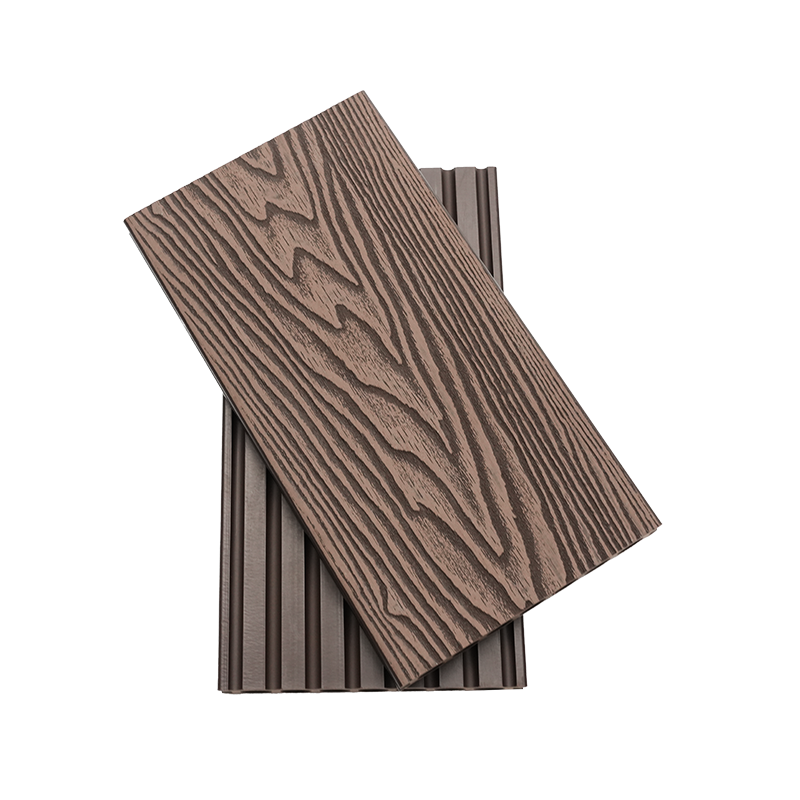

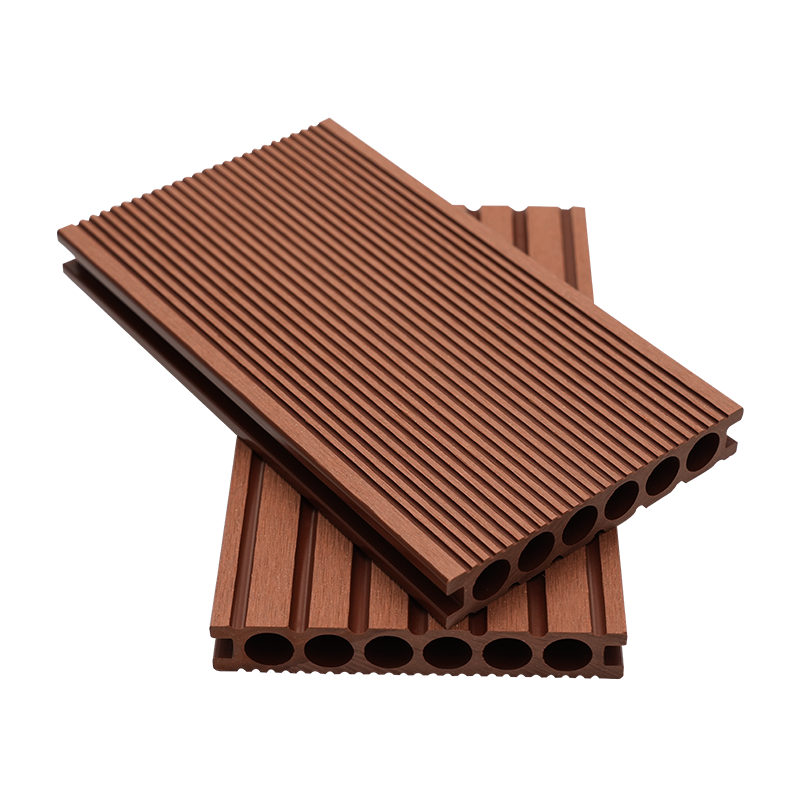

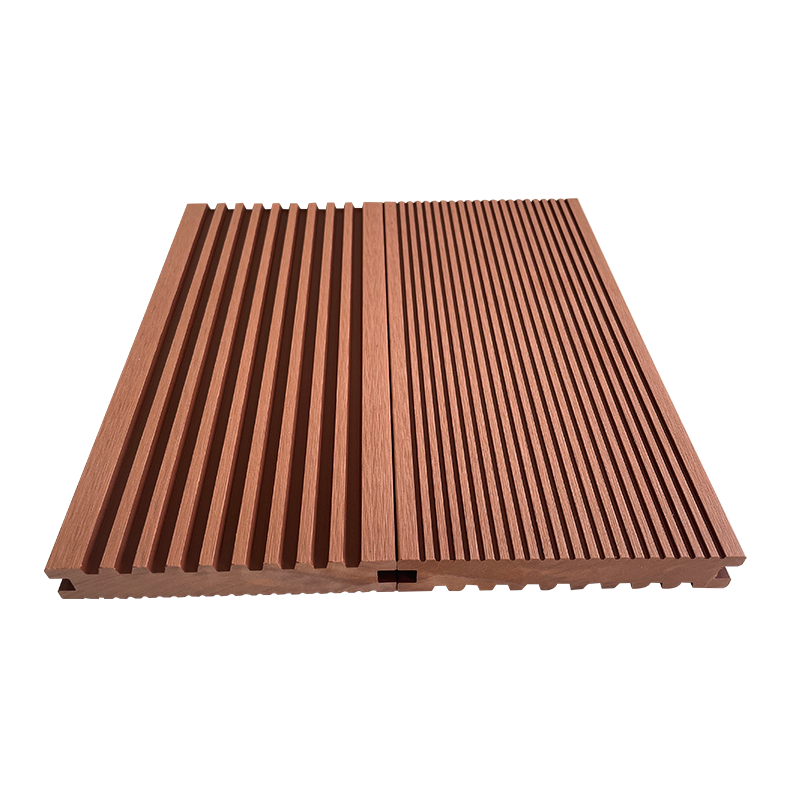

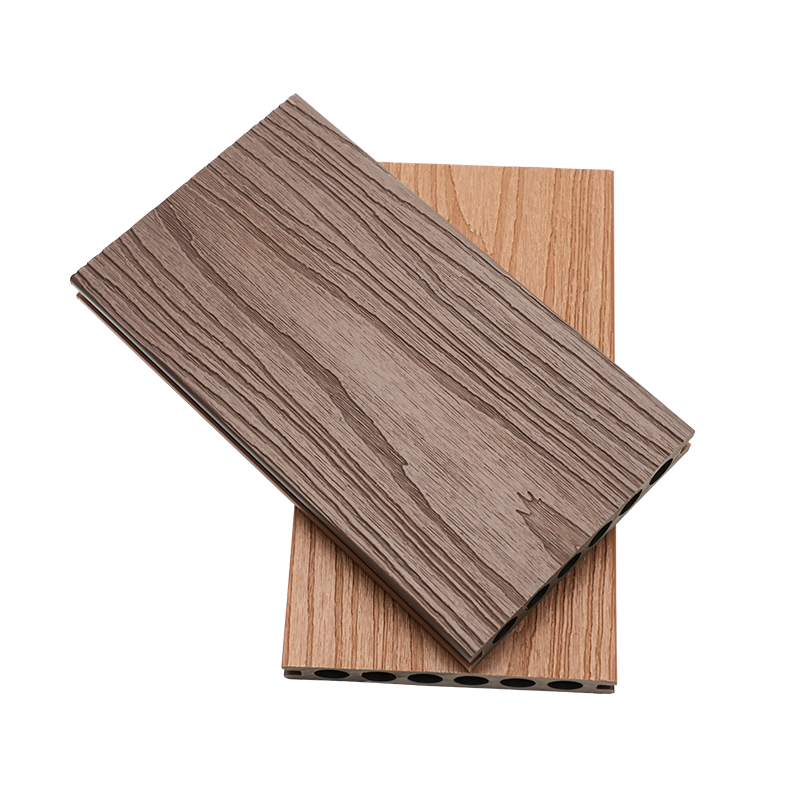

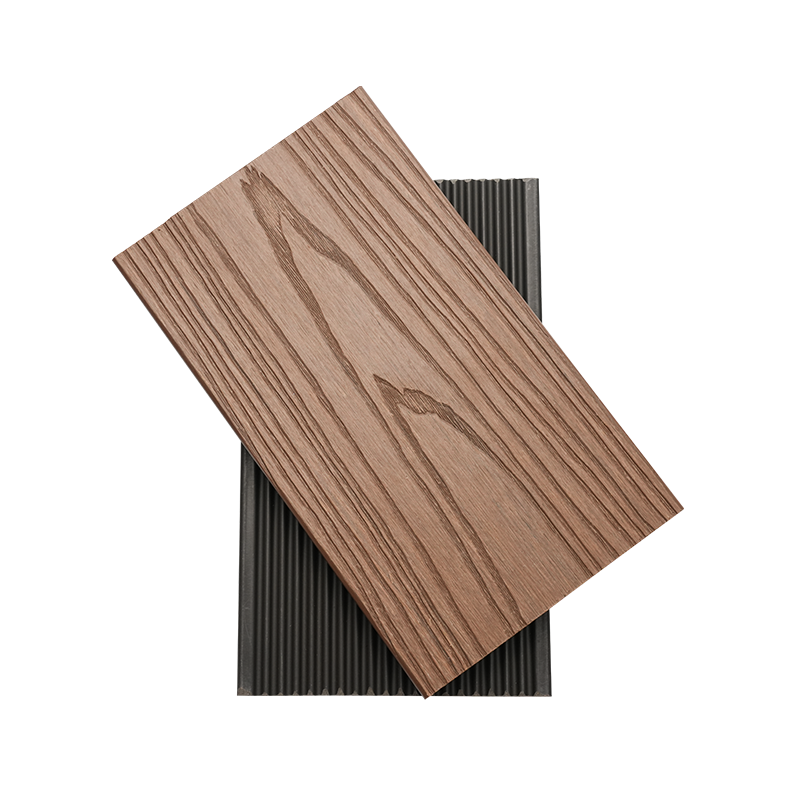

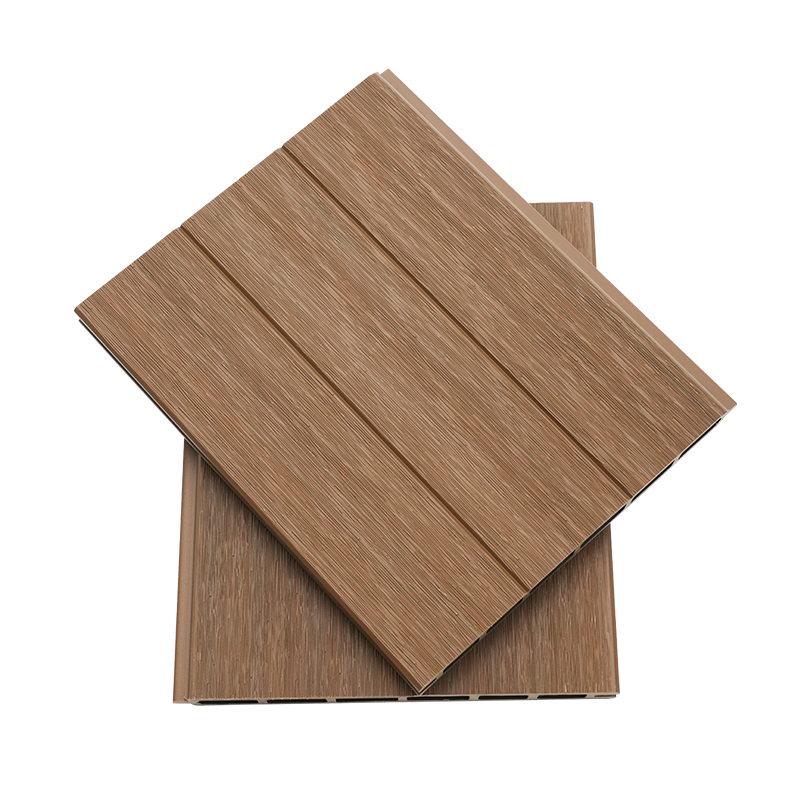

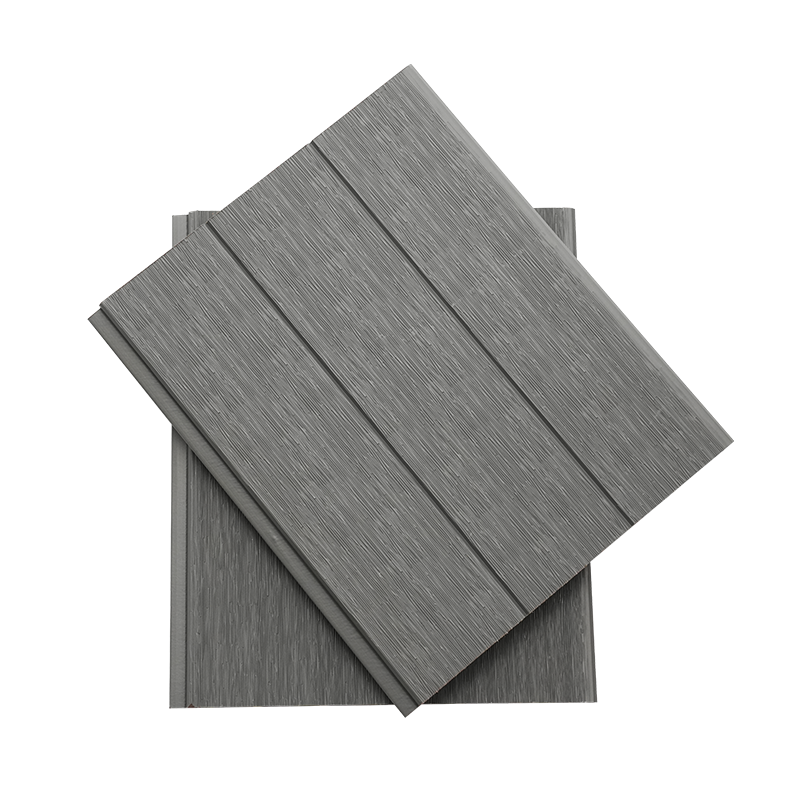

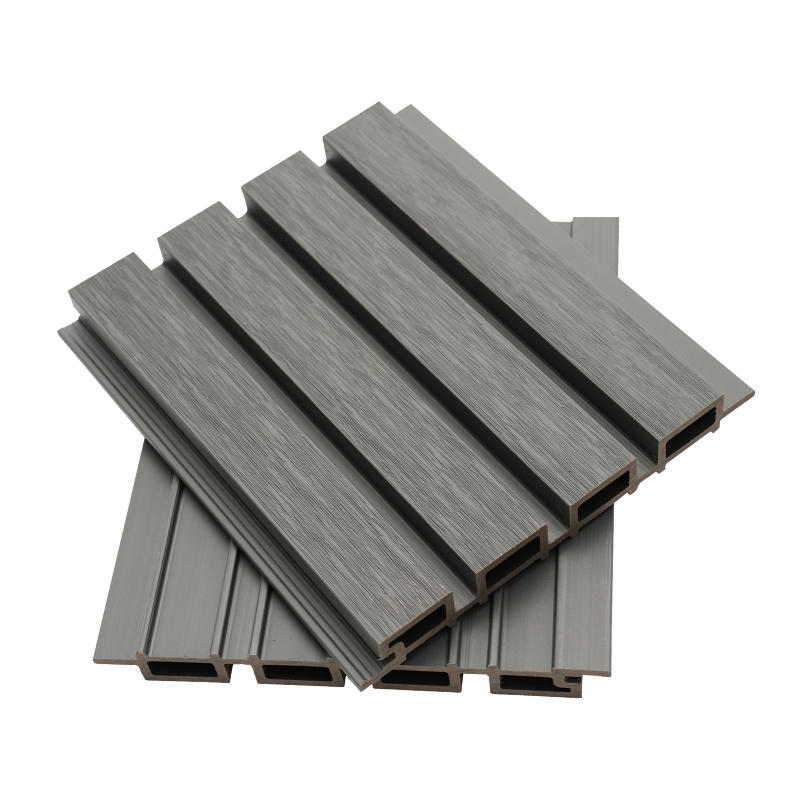

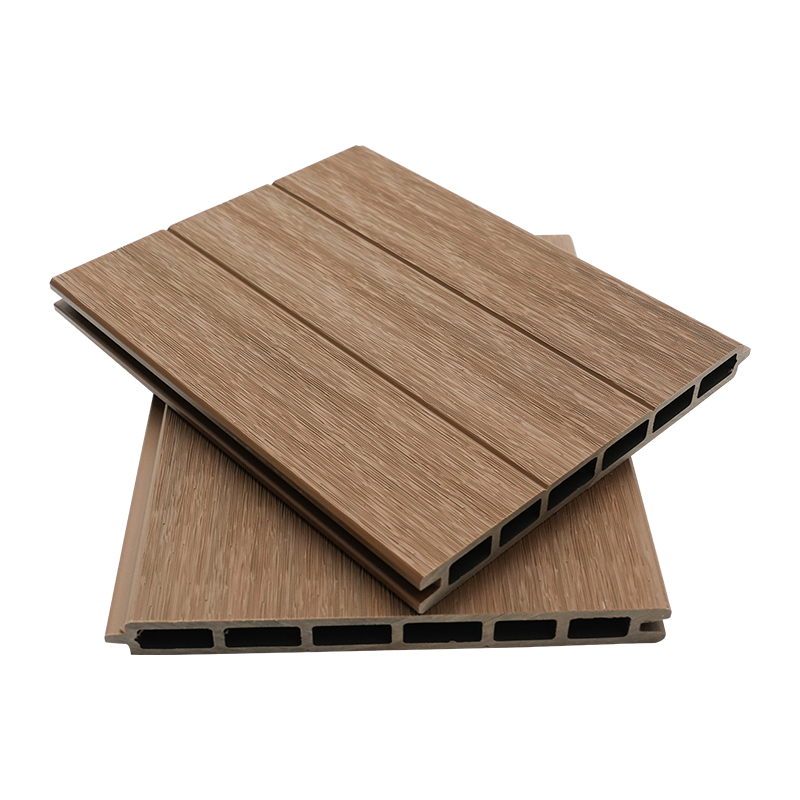

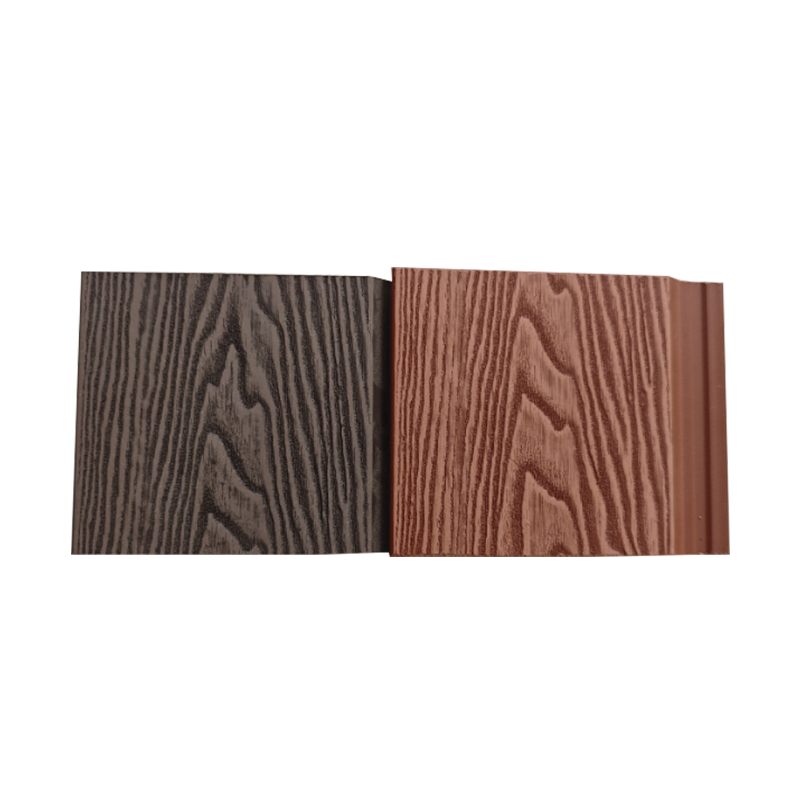

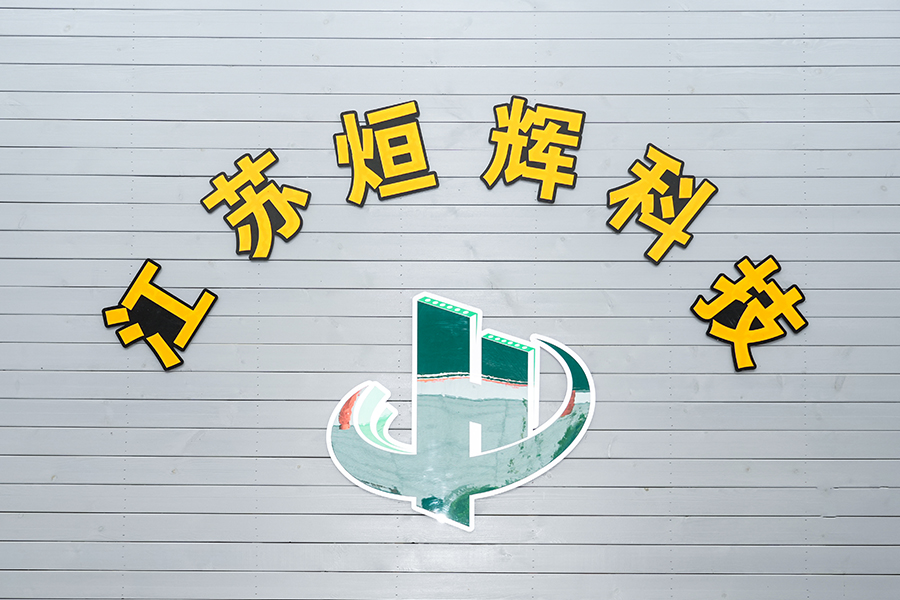
WPC composite decking boards have rapidly gained popularity in both residential and commercial outdoor projects due to their durability, low maintenan...
READ MOREIn the evolving landscape of outdoor construction materials, homeowners, landscapers, and architects are increasingly exploring alternatives to tradit...
READ MOREIntroduction As outdoor living spaces continue to evolve, WPC composite decking boards have become one of the most favored materials for patios, balco...
READ MOREIntroduction Outdoor decking materials face constant challenges from moisture, UV radiation, temperature fluctuations, and biological decay. Over time...
READ MOREIn the evolving landscape of architectural materials, modern exterior siding panels have become a focal point for builders seeking both performance an...
READ MOREWood Plastic Composite Decking, often called WPC decking, is a modern outdoor flooring material made by combining recycled wood fibers and thermoplastic polymers. This blend merges the durability of plastic with the natural look of wood. Unlike traditional timber that may rot, warp, or splinter, this material provides long-lasting stability, strength, and resistance against harsh weather.
The production process involves mixing fine wood powder with polyethylene or polypropylene polymers. After adding stabilizers, pigments, and bonding agents, the mixture is extruded into boards. These boards resemble natural wood but deliver superior performance, making them an excellent substitute for timber in outdoor applications.
One of the strongest advantages of WPC decking is its eco-friendliness. Traditional wooden decks require extensive logging, which accelerates deforestation. By contrast, this innovative material uses recycled plastics and reclaimed wood fibers, reducing waste and conserving resources.
Additionally, it can be recycled at the end of its service life, fitting perfectly into the concept of a circular economy. This aligns with global environmental strategies aimed at lowering carbon footprints and protecting forests.
Outdoor floors face heavy rain, direct sunlight, humidity, and temperature changes. This new-generation decking is designed to resist these challenges. Its low water absorption prevents swelling, cracking, or decay.
Another major benefit is termite and fungal resistance, something natural wood cannot guarantee. With proper installation, it can last more than 20 years, making it a cost-effective and sustainable solution for outdoor flooring.
Modern architecture and landscaping demand materials that are both durable and attractive. WPC decking offers multiple design choices, including natural wood grain patterns and modern color finishes.
Unlike traditional wood, it does not require painting, staining, or sealing. The coloring is done during production, ensuring long-term visual appeal. Concealed fastening systems further improve the elegance of outdoor flooring installations.
Another reason for the rising popularity of this composite decking is its minimal maintenance requirements. Wooden decks need regular sanding, painting, and sealing, while WPC decking only needs occasional cleaning with soap and water.
This low-maintenance feature not only saves time and cost but also keeps the deck looking beautiful year after year. Public spaces like parks, resorts, and boardwalks particularly benefit from the reduced upkeep.
The technology behind composite decking is advancing rapidly. Co-extrusion has introduced a protective outer layer that improves UV resistance, color retention, and scratch resistance.
Research in nanotechnology is further strengthening the bond between wood fibers and plastic polymers. Future developments even include biodegradable options, which would make this flooring material even more sustainable.
Its use is expanding worldwide. It is widely applied in gardens, pool areas, terraces, rooftop flooring, and public walkways. Slip-resistant and water-resistant properties make it especially suitable for hotels and resorts.
Industry research shows that the global demand is steadily increasing due to eco-friendly nature, durability, and versatile design options.
Although WPC decking offers many benefits, it has some considerations. The initial cost is higher than untreated wood. In addition, the plastic component may expand or contract with temperature, requiring professional installation techniques to ensure stability.
Proper ventilation and spacing are essential when installing, ensuring the boards remain strong and reliable throughout their service life.
The performance of composite decking depends largely on manufacturing expertise. Companies focusing on advanced extrusion processes, accurate raw material ratios, and strict quality standards produce superior products.
For example, Jiangsu Xuanhui New Material Technology Co., Ltd. plays an active role in developing innovative solutions. The company emphasizes durability, environmental responsibility, and modern design, supporting the global shift toward sustainable outdoor flooring.
Wood Plastic Composite Decking stands out as the perfect combination of sustainability, durability, and modern design flexibility. Its eco-friendly benefits, weather resistance, low maintenance, and scientific innovations make it a strong alternative to traditional wood.
As global demand for sustainable construction materials continues to grow, this material is set to dominate the outdoor flooring industry, shaping the future of landscaping and architecture worldwide.